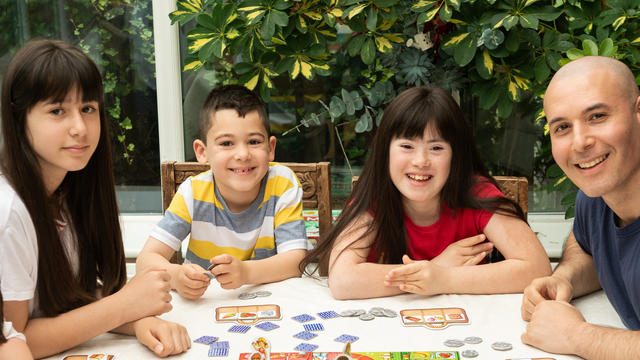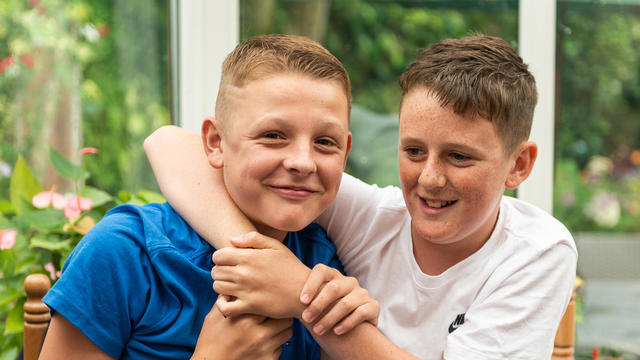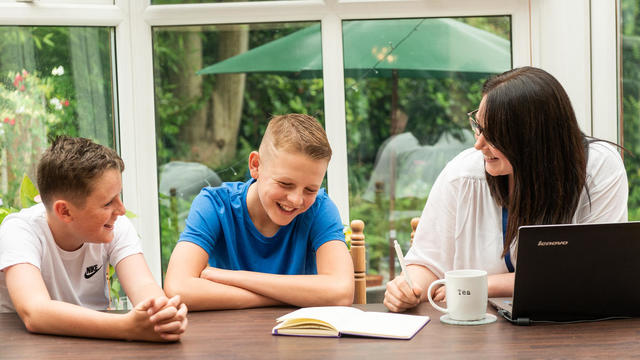What is an 'unregistered children’s home' and why is it illegal?
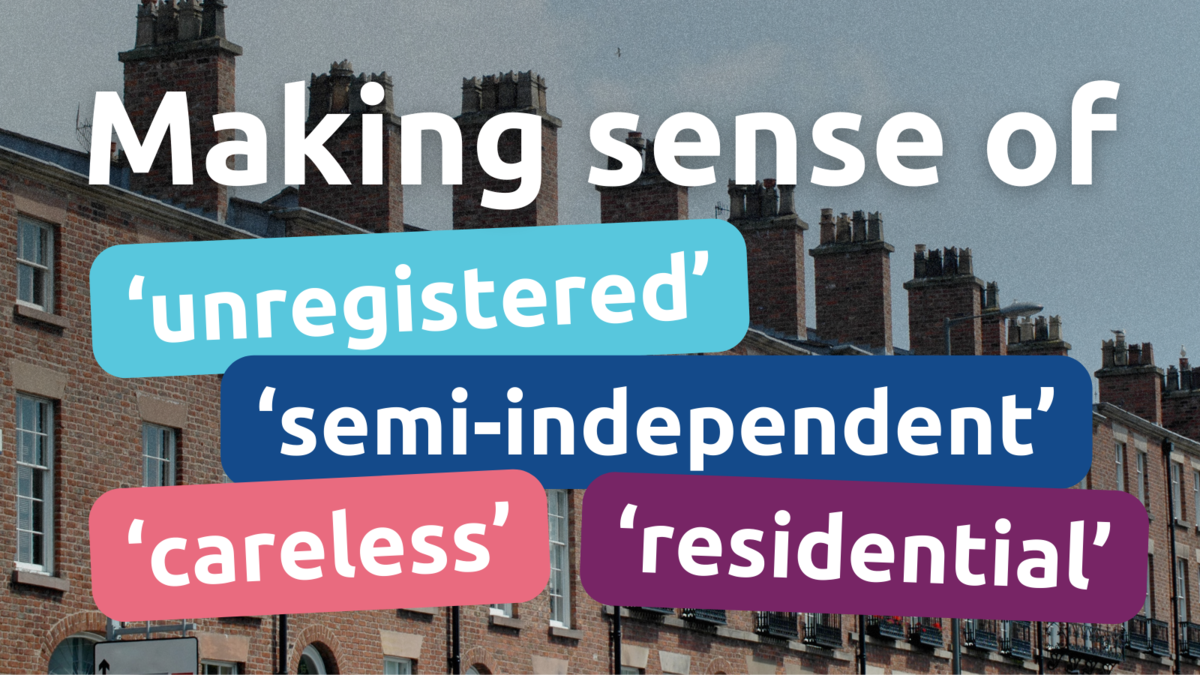
A recent investigation by the Observer and the Together Trust has shed light on a hidden side of the children’s homes’ system. We are here to provide a simple explanation about the different types of housing for children in care.
What is an unregistered children’s home?
Unregistered homes are houses for children in care that are not registered with Ofsted. By law, children’s homes must be registered so that Ofsted can check them to make sure they are safe and loving places.
Ofsted is an independent regulator, meaning their reviews can be considered unbiased.
Because unregistered homes are not checked by an independent regulator there is no evidence that they follow the minimum requirements that providers need to stick to. Therefore, the quality of these homes varies.
These types of homes are illegal. Providers must register first before they accept children to live there.
Why is there an issue?
The investigation found that there are currently over 700 children in the UK living in unregistered accommodation. And what's worse: Two in every three children are under the age of 16.
How does a child in care even end up there?
Most children in care are looked after by foster carers or in children's homes, but some are placed in these unregistered homes, and the number has increased by 277% in the last 3 years.
Why should we be concerned?
The lack of information about these homes raises some very important questions like:
-
Who are these children?
-
Why won’t providers simply register?
-
Why is the Government not doing more to protect children against being placed in these kinds of homes?
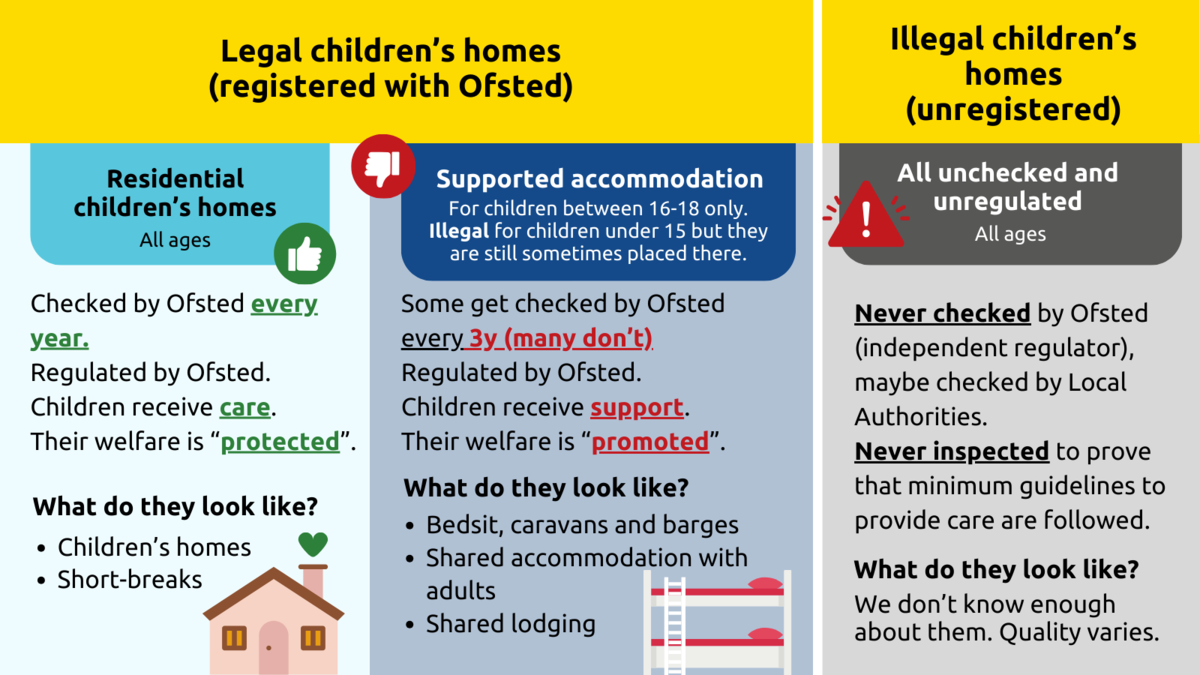
What is a good children’s home?
It would be obvious to believe that all accommodation for children in care that is registered should be good – however that is not always the case. There are two categories of accommodation where children are legally allowed to live: residential children’s homes and supported accommodation (only children aged 16 and 17).
Previously, supported accommodation was not registered, but by the end of 2024 all supported accommodation should be registered with Ofsted. However, that does not mean that all of it is high quality, as we’ll discuss below.
What is a residential children’s home?
A residential children’s home is exactly what it sounds like: a home where children are looked after by staff who provide care. Ofsted checks these places every year and flags any misconduct.
We believe this is the best and only suitable type of accommodation for children of all ages, other than foster care. At the Together Trust we run multiple homes for children including residential homes and short-breaks services.
What is supported accommodation?
This is sometimes also called ‘semi-independent living’ or ‘careless accommodation’. It was formerly known as ‘unregulated’ accommodation. Some key differences between these and residential children’s homes are:
Checks
Whereas children’s homes get checks every year from Ofsted, supported living isn’t subject to the same rules.
Those running supported living can register many different categories of accommodation, from bedsits to shared accommodation with adults. Yet only a sample of their accommodation gets checked every 3 years, meaning that some children may live in places which have never been checked by Ofsted.
Care vs support
Currently, children living in semi-independent accommodation are only entitled to receive ‘support’, whereas children living in registered children’s homes must receive ‘care’.
In real life this difference can look like:
-
Staff being there 24/7 like a parent would be vs having a contact number to get in touch with staff if there is an emergency
-
Staff reminding you to take your medication or look after yourself everyday vs someone only checking in on you occasionally
-
Staff making sure you attend further education vs you having to manage your life as a teenager
Protection
Every place where a child lives should have a responsibility to protect them. Yet this is another area where duties for some forms of accommodation are weaker than others.
For example, regulated children’s homes must ‘protect each child’s welfare’.
Yet children living in semi-independent accommodation are covered by a clause which says that their welfare must be 'promoted and prioritised’ generally, rather than individually.
Why do we have an issue with supported accommodation?
Supported accommodation is simply not the same as a children’s home where children are entitled to the care they need and deserve.
In 2021, the government banned children aged 15 and under from living in careless settings. This ban has not been extended to 16- and 17-year-olds, despite 34 children dying while living in these places over the last six-year period.
Between 2009 and 2019, the percentage of young people living in careless (also known as semi-independent) settings increased by 210%.
Care-experienced people have frequently spoken about the lack of security, stability and support they have experienced living in semi-independent accommodation (Harle, 2022).
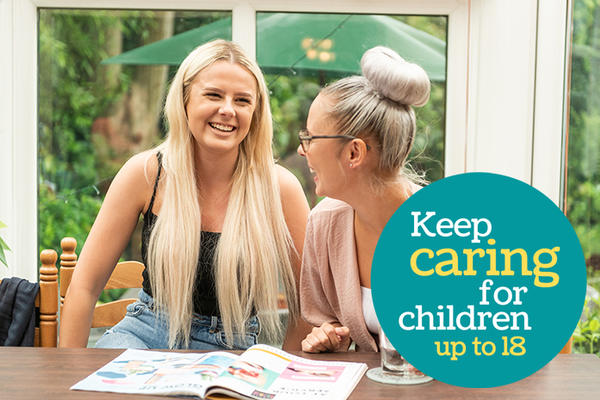
Whose fault is it?
We must acknowledge that there are simply not enough homes to cater to the rising number of children entering the care system. Although Local Authorities sometimes place children in illegal and unsuitable places they are not entirely to blame for this situation.
We need a joint national strategy from Ofsted, the Department for Education and the Ministry of Justice to end the use of unregistered accommodation for children once and for all.
We believe that it is in the best interest of every child to live in a home with care at its heart, and which at a minimum provides the standard of care outlined in the Children’s Homes Regulations 2015.
To find out more about our campaigning work and where we stand on a number of issues, visit our Campaigning webpage.

